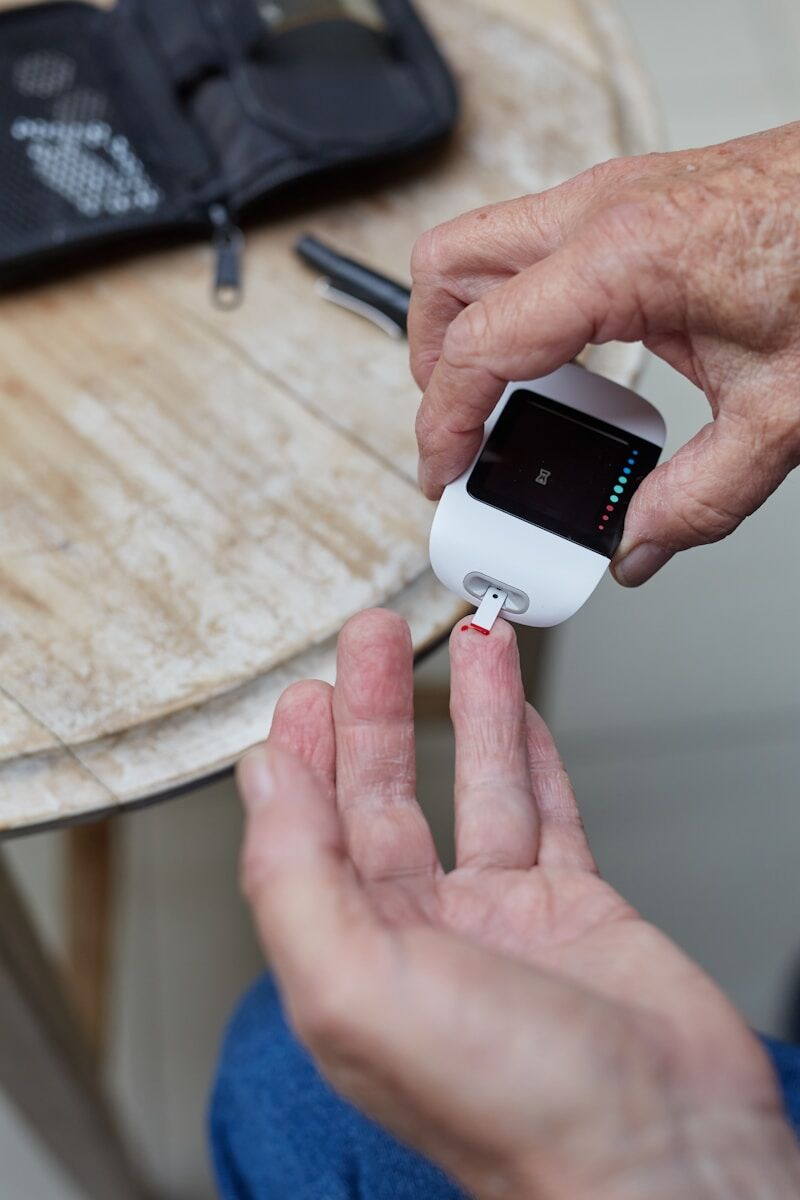Balanitis is the inflammation of the glans penis, commonly affecting males who are uncircumcised but not exclusively. While the condition is often benign and treatable, ignoring its underlying causes can lead to recurrent infections, discomfort, and complications such as phimosis or scarring.
This article focuses primarily on the multifactorial causes of balanitis, offering insight into how different factors—from infections to irritants to systemic disease—can contribute to this common urological condition.
🧠 What Is Balanitis?
Balanitis refers to any inflammatory process affecting the glans penis (the head of the penis). When the foreskin is also involved, the condition is referred to as balanoposthitis. The inflammation may result from infection, poor hygiene, irritation, allergic reactions, or chronic skin conditions.
🔍 Primary Causes of Balanitis
Balanitis is not a single-disease entity. It is a clinical manifestation of various local and systemic causes, which can be grouped as follows:
1. 🦠 Infectious Causes
a. Fungal Infections (Most Common in Adults)
- Candida albicans is the leading fungal agent.
- Often associated with diabetes mellitus, poor hygiene, or recent antibiotic use.
- White discharge, itching, and redness are typical.
b. Bacterial Infections
- Caused by organisms like Staphylococcus aureus, Streptococcus species, or anaerobic bacteria.
- More common in settings of poor hygiene or skin trauma.
- Can result in painful swelling and purulent discharge.
c. Viral Infections
- Herpes Simplex Virus (HSV) is a less common but important cause.
- Characterized by painful ulcers or blisters on the glans.
- Associated with fever, inguinal lymphadenopathy, and recurrent outbreaks.
d. Sexually Transmitted Infections (STIs)
- Chlamydia, gonorrhea, and syphilis can present as balanitis.
- Requires both local and systemic evaluation and treatment.
2. ⚗️ Irritants & Allergens
a. Chemical Irritants
- Harsh soaps, antiseptics, bubble baths, or deodorant sprays.
- Repeated exposure can break down the skin barrier and cause inflammation.
b. Allergic Contact Dermatitis
- Reactions to latex condoms, spermicides, lubricants, or laundry detergents.
- Results in itching, redness, and swelling.
3. 🧴 Dermatologic Skin Conditions
Certain chronic skin diseases can affect the penis, either primarily or secondarily:
- Psoriasis: Red plaques with silvery scale, sometimes misdiagnosed as infection.
- Eczema (Atopic or Contact): Dry, itchy, irritated skin triggered by allergens or stress.
- Lichen Planus: Purple, flat-topped lesions that may be erosive.
- Lichen Sclerosus (Balanitis Xerotica Obliterans): Chronic, sclerotic inflammation leading to white patches, phimosis, and scarring.
4. 🔁 Systemic Conditions and Lifestyle Factors
a. Diabetes Mellitus
- Most common systemic link to balanitis.
- Elevated blood sugar leads to increased urinary glucose, providing an ideal environment for fungal and bacterial overgrowth.
- Impairs local immune response and healing.
b. Immunosuppression
- Individuals with HIV, post-organ transplant, or undergoing chemotherapy are more prone to opportunistic infections that can manifest as balanitis.
c. Reactive Arthritis (Reiter’s Syndrome)
- Balanitis circinata is a painless, ring-shaped lesion of the glans seen in this autoimmune disorder.
d. Poor Hygiene
- Infrequent washing or improper cleaning under the foreskin allows accumulation of smegma—a mixture of dead skin, oil, and moisture—which becomes a breeding ground for infection.
e. Obesity and Excess Sweating
- Traps moisture in the genital area, increasing fungal growth risk.
f. Unprotected Sexual Intercourse
- Increases exposure to vaginal flora, fungal agents, or sexually transmitted infections.
⚠️ Signs and Symptoms of Balanitis
- Redness and swelling of the glans
- Pain or tenderness during urination or sexual activity
- Itching or burning sensation
- White or yellowish discharge under the foreskin
- Cracking, dryness, or fissures in the foreskin
- Unpleasant odor
- Painful foreskin retraction or phimosis
- Vesicles or ulcers in viral balanitis
🧪 Diagnostic Workup
1. History Taking
- Hygiene practices
- Sexual history and use of condoms
- Recent exposure to irritants
- History of diabetes or chronic skin conditions
2. Physical Examination
- Glans and foreskin inspection for redness, ulcers, discharge, and lesions
3. Investigations
- Swab culture (fungal, bacterial, viral)
- Blood glucose levels (check for diabetes)
- Urinalysis (glucose or UTI presence)
- PCR or serology for viral or STI diagnosis
- Biopsy in chronic or suspicious cases
💊 Treatment Overview
Treatment depends on the cause and severity:
🔹 Topical Therapy
- Antifungals: Clotrimazole, miconazole (yeast infections)
- Antibiotics: Mupirocin, fusidic acid (bacterial)
- Steroids: Hydrocortisone, betamethasone (dermatitis or allergic causes)
- Antivirals: Acyclovir for HSV
🔹 Oral Medications
- In severe or recurrent cases, systemic antifungals or antibiotics may be prescribed.
🔹 Supportive Care
- Saltwater or baking soda baths
- Avoidance of all suspected irritants
- Temporary abstinence from sexual activity
🔹 Surgical Options
- Circumcision is considered in:
- Recurrent balanitis
- Phimosis
- Poor hygiene unmanageable with conservative measures
🧘 Prevention & Lifestyle Adjustments
- Practice daily genital hygiene (especially retracting foreskin gently)
- Avoid harsh soaps and products with alcohol, fragrance, or allergens
- Control blood sugar if diabetic
- Wear loose-fitting, cotton underwear
- Use condoms during intercourse
- Regular check-ups if experiencing recurrent symptoms
🧾 Conclusion
Balanitis is a multi-causal inflammatory condition with both local and systemic triggers. While infections remain the most common causes, clinicians must consider diabetes, skin disorders, and irritants in every case.
Timely diagnosis and individualized treatment are key to preventing complications such as phimosis, urethral strictures, or chronic pain. Addressing underlying health conditions like diabetes and improving genital hygiene can significantly reduce recurrence rates.
















:max_bytes(150000):strip_icc()/Health-GettyImages-2149222806-e811e82363b74ec6a90fe53d21f545bc.jpg?w=360&resize=360,180&ssl=1)

:max_bytes(150000):strip_icc()/Health-GettyImages-1417819172-cfe52422160e48dbab87e08102279efa.jpg?w=360&resize=360,180&ssl=1)

